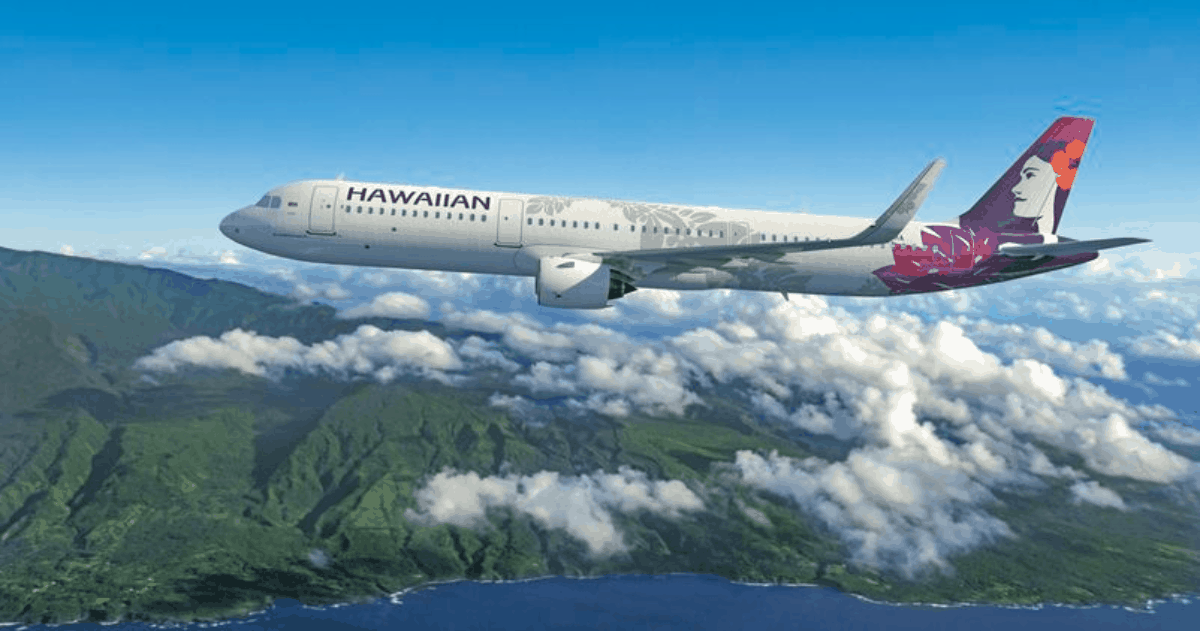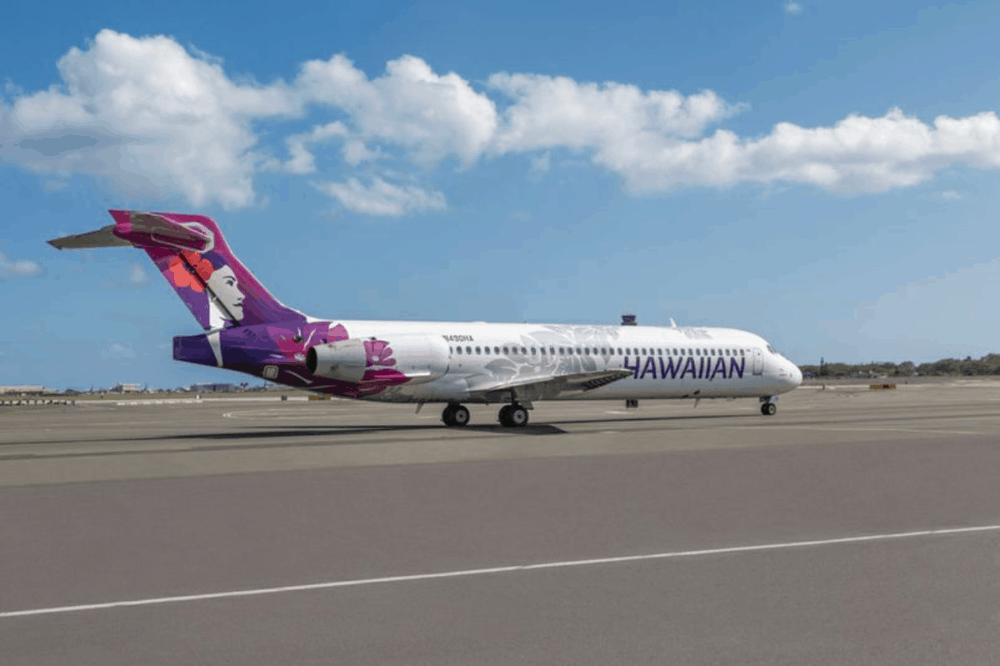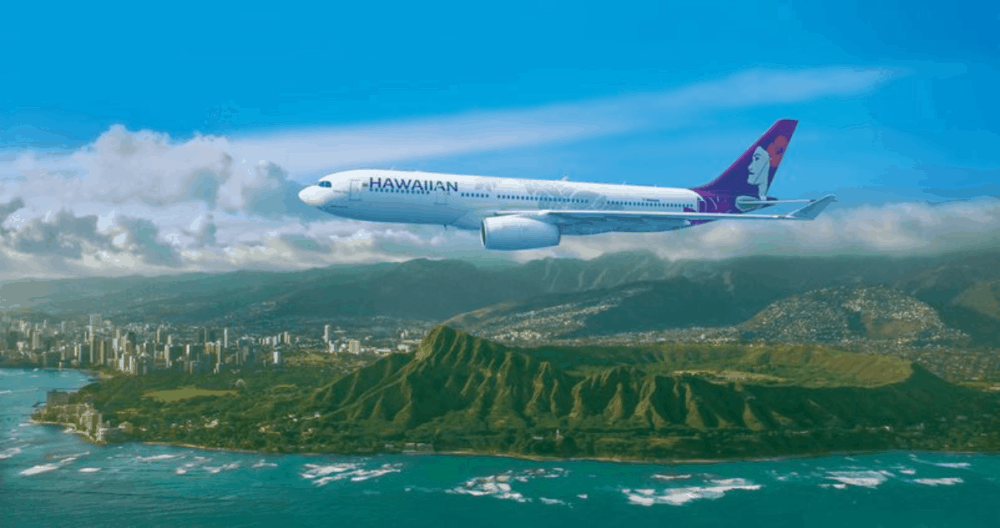As Hawaii continues to grapple with COVID-19, the state's governor has iced plans to lift mandatory self-isolation quarantine rules in August. Amid concerns about the levels of community transmission, Hawaii's mandatory 14 self-isolation quarantine will continue until at least September 1.
The self-isolation period has done an excellent job of keeping COVID-19 at bay in Hawaii. However, it has crippled Hawaii's tourism industry and adversely impacted local carrier, Hawaiian Airlines.
COVID-19 hits Hawaii tourism and Hawaiian Airlines hard
Before COVID-19, Hawaii welcomed around 30,000 visitors and returning residents each day. By mid-April and the rollout of Hawaii's mandatory self-isolation period, that number dropped to 700 a day.
Numbers have crept back up since those April lows. On Saturday, 2,296 people arrived in Hawaii. That included 635 residents and 600 visitors. The remainder were military, crew members, transiting passengers, and people relocating.
Stay informed: Sign up for our daily aviation news digest.
In late June, Hawaii Governor, David Ige, announced a plan to get tourists back. The self-isolation period would be dropped for incoming travelers from August 1 if they had been tested 72 hours before arriving.
That was good news for Hawaiian Airlines. Days after the announcement, Hawaiian Airlines said it would significantly step up between the islands and the United States mainland.
“The layered safety measures put in place to protect the health of our local communities promise to make travel to and from Hawai’i more accessible than in recent months,” said Peter Ingram, president and CEO at Hawaiian Airlines.
The backbone of Hawaiian Airlines' operations
Beginning August 1, Hawaiian Airlines planned to resume flights to Boston, New York, Las Vegas, Phoenix, San Jose, and Oakland from Honolulu. Also, several flights from neighboring islands to the United States' west coast would resume.
It was a lucky break for Hawaiian Airlines. While a smaller operator than mainland competitors like United Airlines and Southwest Airlines, COVID-19 arguably hit Hawaiian Airlines harder than most mainland airlines.
The backbone of Hawaiian Airlines' operations are flights between Honolulu and the United States mainland. The mandatory 14-day self-isolation period for both visitors and returning residents saw demand and flights on those routes evaporate.
The decision to extend the quarantine period is not a surprise
While the airline has not yet responded to yesterday's decision to extend the quarantine period for another month, it is a severe setback to their planned resumption of flights.
But it may not come as a surprise. Within days of the quarantine rollback announcement, Governor Ige was under pressure to reverse it.
There have been approximately 1,240 cases of COVID-19 across Hawaii since the initial outbreak. While the mandatory quarantine hit the tourism industry and Hawaiian Airlines hard, it also helped keep Hawaiians safe.
COVID-19 continues to surge across parts of the United States mainland. Many residents of Hawaii, therefore, believed Governor Ige's decision jumped the gun.
Local mayors and politicians argued the impending surge of visitors from the mainland once quarantine restrictions got lifted presented a public health danger to Hawaii's residents.
While the decision to extend the self-isolation period may be sound from public health grounds, it adds further financial stress on Hawaiian Airlines and the local tourism industry. It won't encourage mainland airlines to ramp up their services to the islands either. We will keep an eye on how Hawaiian Airlines responds to this latest blow.



